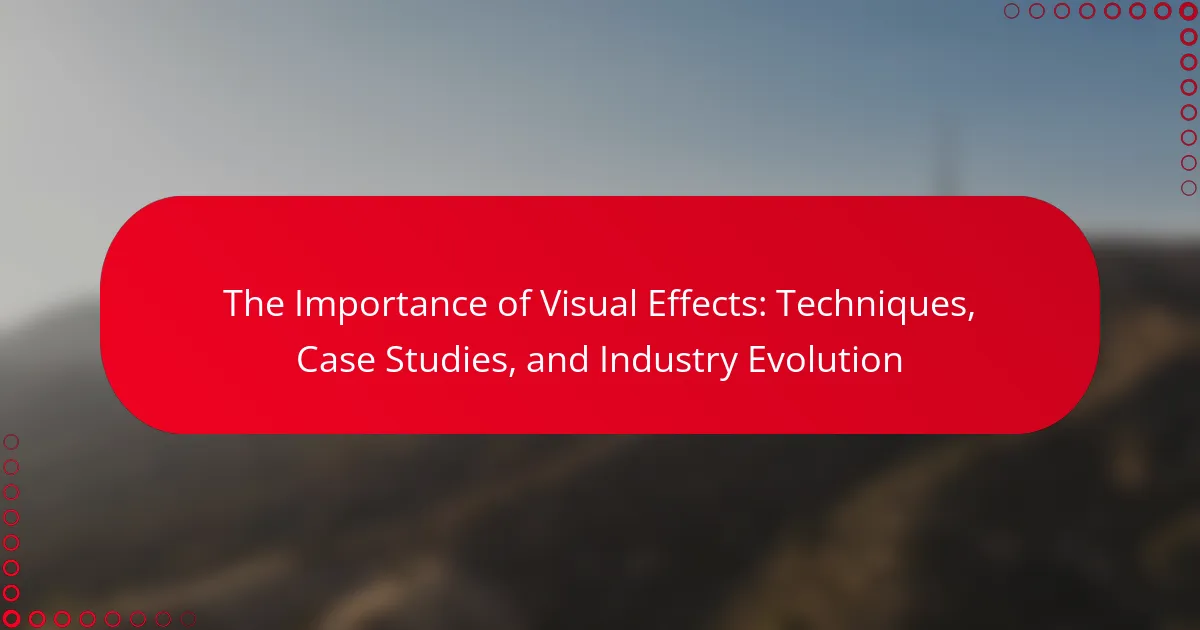Visual effects (VFX) are essential techniques used to create or manipulate imagery in film, television, and video games, enhancing storytelling by adding elements that are challenging to capture on camera. Key VFX techniques include computer-generated imagery (CGI), compositing, motion capture, and practical effects, each contributing to the creation of immersive environments and characters. The article […]
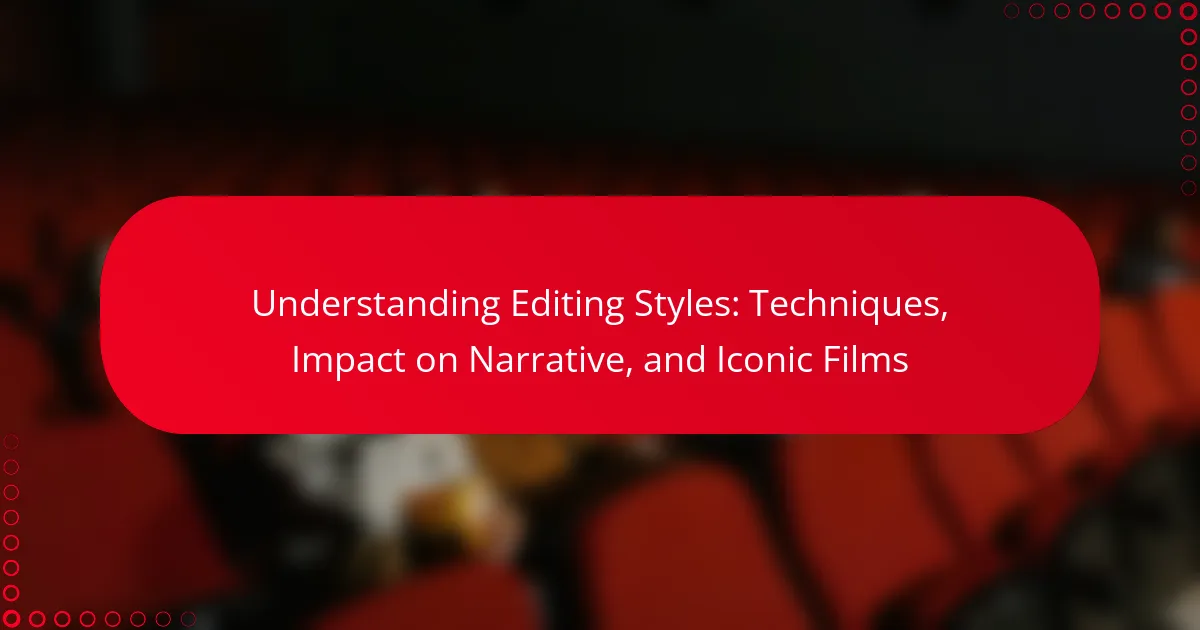
Understanding Editing Styles: Techniques, Impact on Narrative, and Iconic Films
Editing styles in film encompass various techniques utilized to assemble shots into a coherent narrative, significantly influencing pacing, mood, and storytelling. Key editing techniques include continuity editing, which ensures a seamless flow and maintains spatial and temporal coherence; montage, which juxtaposes images to convey meaning or emotion; and cross-cutting, which alternates between scenes to build […]

The Art of Production Design: Key Elements, Historical Trends, and Famous Films
Production design is the process of creating the visual environment for film, television, and theater, encompassing the design of sets, locations, props, and overall aesthetics to enhance storytelling. This article explores the key elements of production design, its historical trends, and notable films that exemplify exceptional design work. It highlights the collaboration between production designers, […]
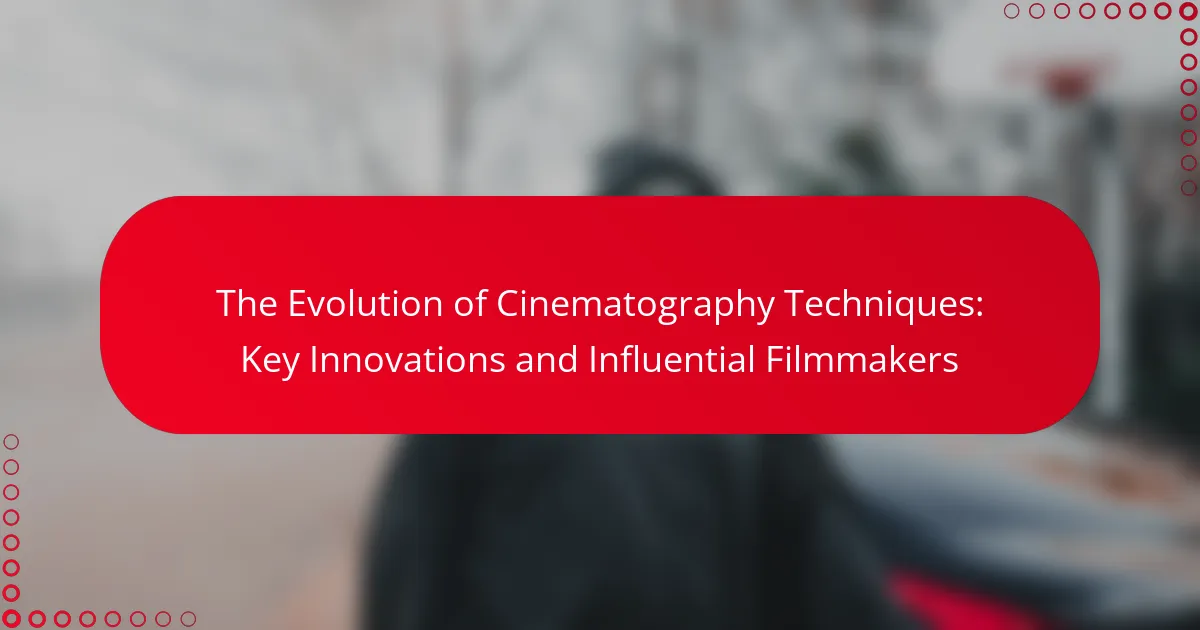
The Evolution of Cinematography Techniques: Key Innovations and Influential Filmmakers
Cinematography techniques encompass the methods used in filmmaking to capture visual images, including framing, lighting, camera movement, and shot composition. Key milestones in the evolution of these techniques include the invention of the motion picture camera by Thomas Edison and the Lumière brothers in the late 19th century, the introduction of color film and Technicolor […]
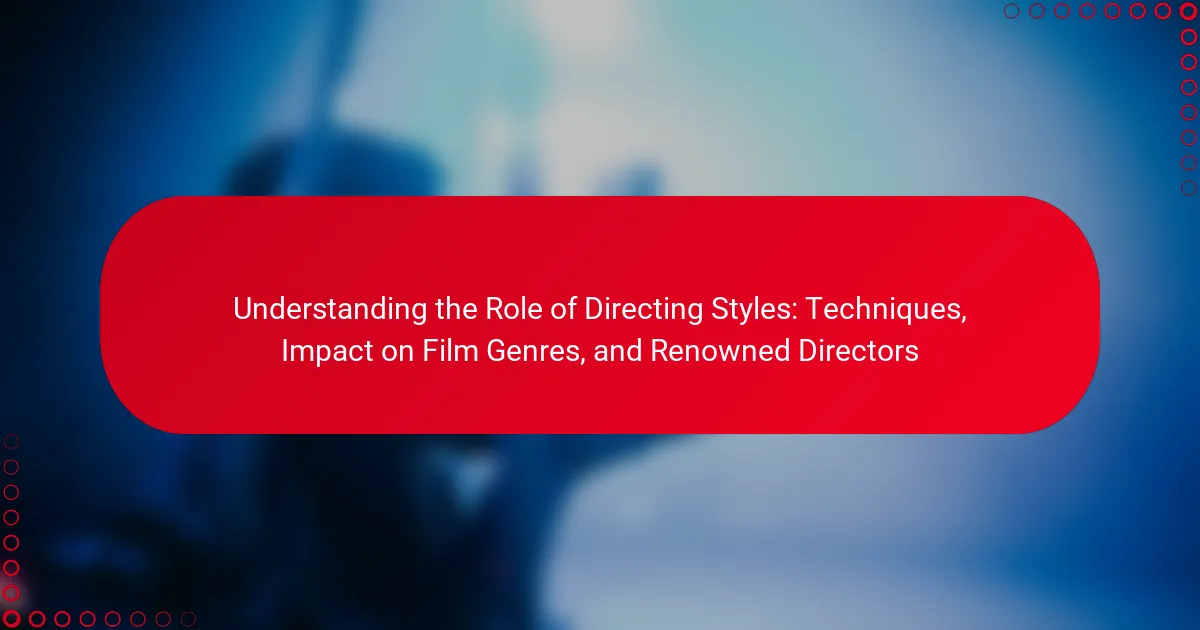
Understanding the Role of Directing Styles: Techniques, Impact on Film Genres, and Renowned Directors
Directing styles are the unique approaches that film directors employ to express their vision and enhance storytelling. These styles, which include collaborative, authoritarian, minimalist, dynamic, surreal, and improvisational techniques, significantly affect a film’s tone, pacing, and audience engagement. The article explores how directing styles shape various film genres and highlights the contributions of renowned directors […]
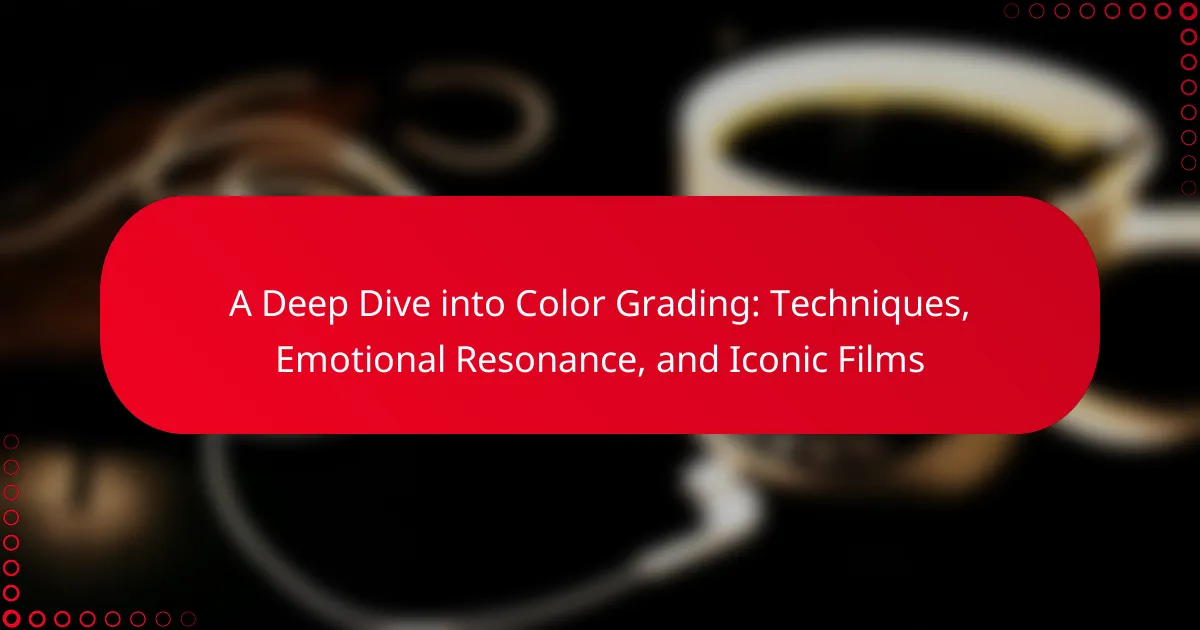
A Deep Dive into Color Grading: Techniques, Emotional Resonance, and Iconic Films
Color grading is the process of adjusting colors in film and video to achieve a specific aesthetic, enhancing visual storytelling through manipulation of color balance, contrast, and saturation. This technique plays a vital role in post-production, influencing audience emotions and establishing a film’s unique style. Iconic films utilize color grading to deepen narrative impact and […]

Exploring Lighting Techniques in Cinema: Styles, Effects on Mood, and Notable Examples
Lighting techniques in cinema significantly shape visual storytelling and influence audience emotions. Key lighting methods include three-point lighting, which utilizes a key light, fill light, and back light to create depth; high-key lighting, known for its bright and even illumination; and low-key lighting, characterized by strong contrasts and shadows. Additional techniques such as natural lighting […]

Analyzing Camera Angles: Types, Their Effects on Storytelling, and Classic Scenes
Camera angles are critical components in filmmaking that dictate how scenes are captured and perceived. They significantly influence audience interpretation and emotional responses, with low angles conveying power and high angles suggesting vulnerability. This article examines various types of camera angles, their psychological effects on storytelling, and best practices for their effective use. It highlights […]
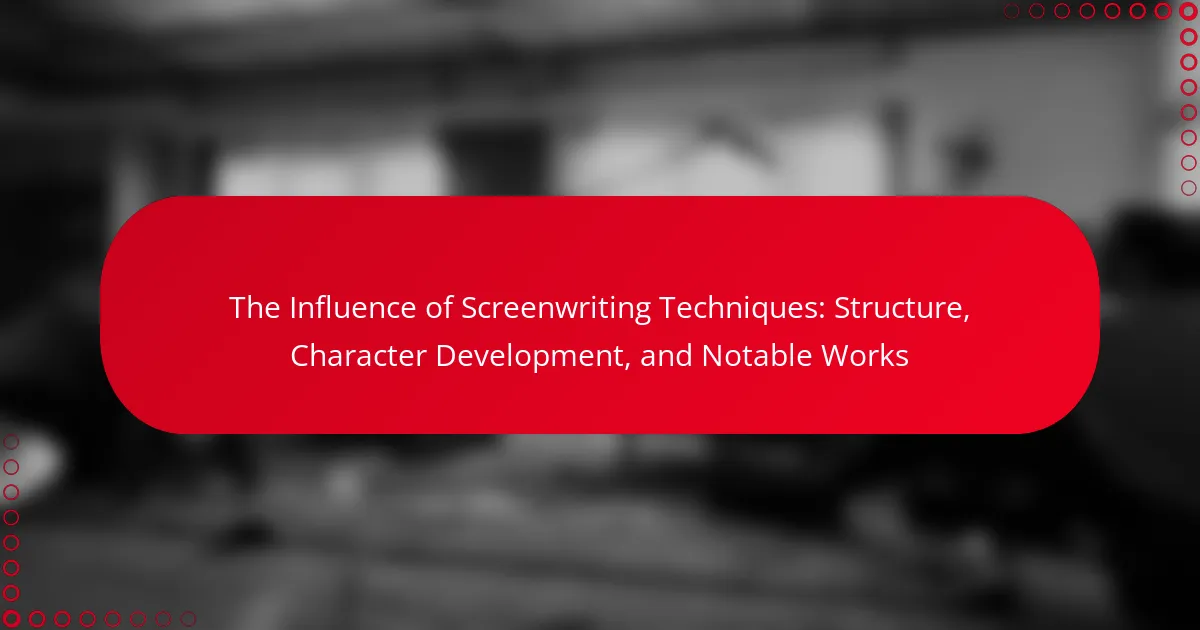
The Influence of Screenwriting Techniques: Structure, Character Development, and Notable Works
Screenwriting techniques are essential components that shape storytelling in film and television. Key techniques include structure, character development, and dialogue, each playing a critical role in engaging audiences. The three-act structure provides a framework for pacing, while character development creates relatable figures that evolve, enhancing emotional investment. Dialogue not only reveals character traits but also […]
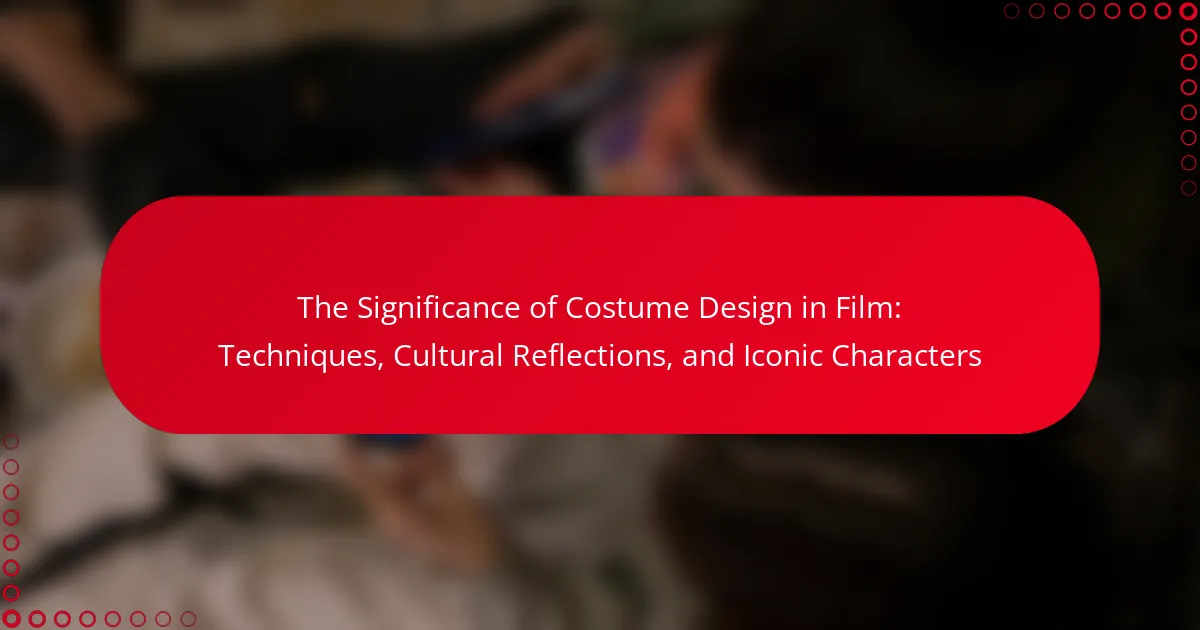
The Significance of Costume Design in Film: Techniques, Cultural Reflections, and Iconic Characters
Costume design in film is a critical element that visually communicates character traits and narrative context. It establishes time periods, settings, and cultural backgrounds, influencing audience perceptions and emotional connections. The article explores various techniques employed in costume design, such as historical research, fabric selection, and color theory, which contribute to character development and storytelling. […]
